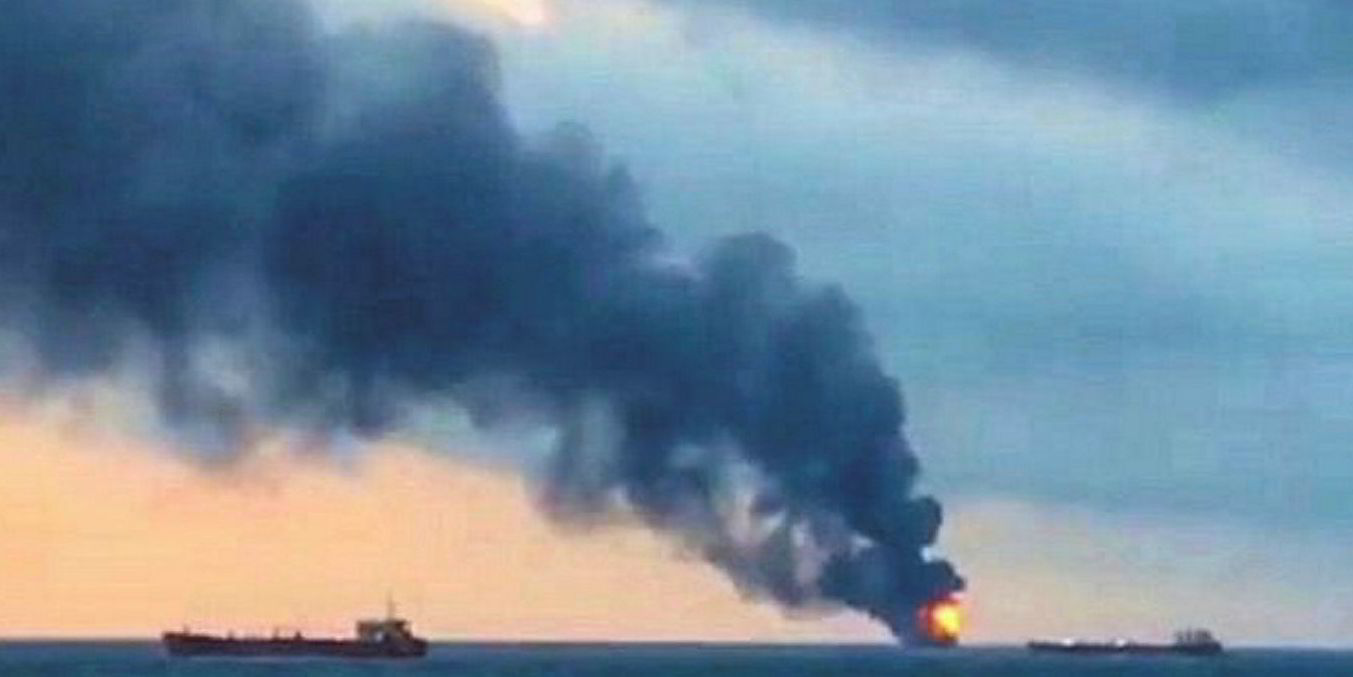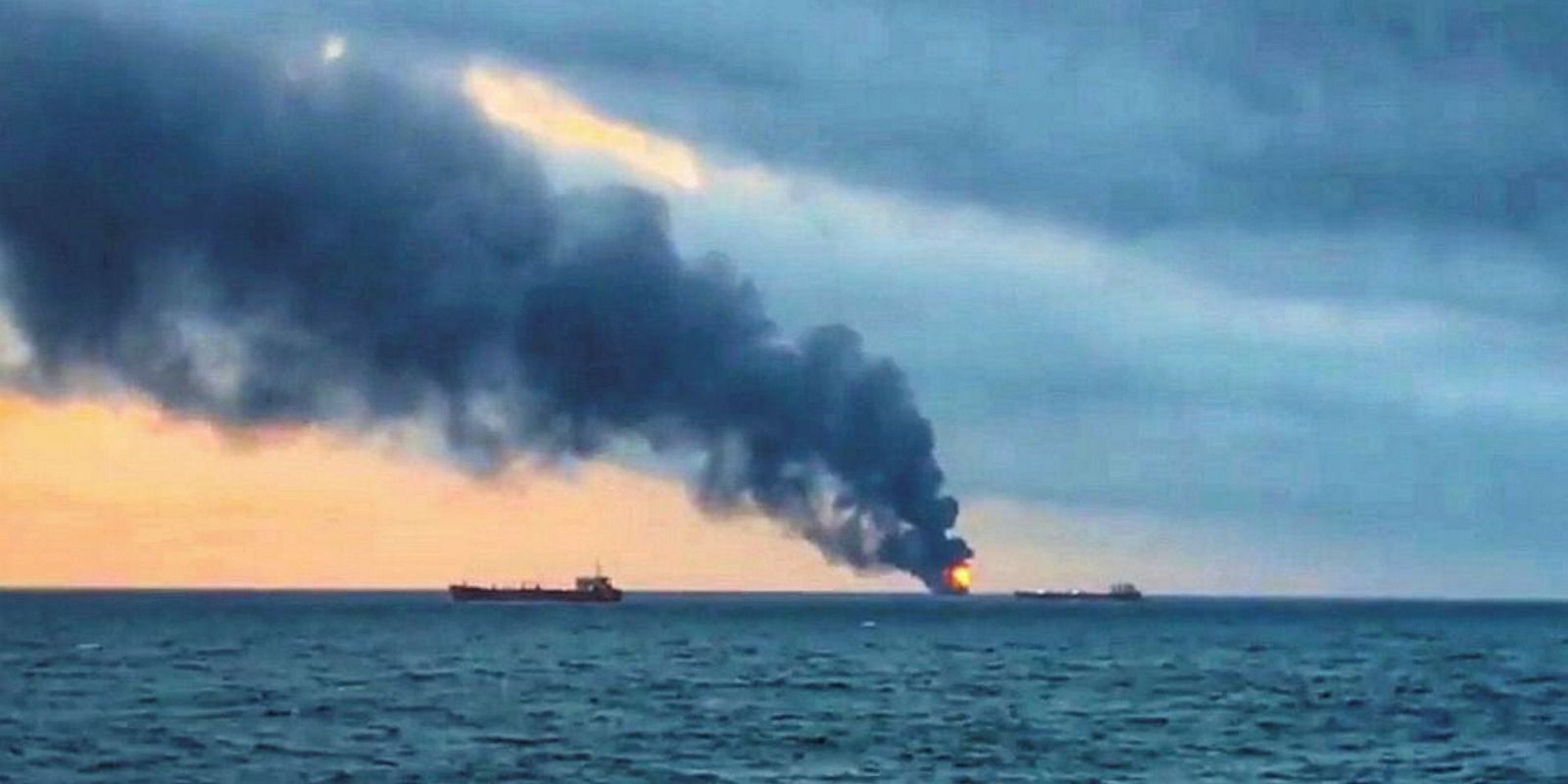Risk management company Windward says its data shows the LPG carriers Candy and Maestro, which were involved in a major explosion that claimed the lives of 14 seafarers in the Kerch Strait last week, were at a “very high risk” of having a ship casualty.
If you could choose any two ships destined to be involved in a serious incident, you would do well to pick the Candy and the Maestro
Windward
Windward’s insurance risk model rates either ship — the 4,415-cbm Maestro (built 1990) and 4,400-cbm Candy (built 1992) — as “very high risk” of being involved in an incident.
“If you could choose any two ships destined to be involved in a serious incident, you would do well to pick the Candy and the Maestro,” Windward — a Tel Aviv-based company that assesses security and safety risk based on artificial intelligence and big data on behalf of insurers and governments — said in its analysis.
Chief executive Ami Daniel added: “This is an example of how vessel operational profiles can help insurers, governments and other stakeholders differentiate between high-risk ships and fleets, and those that are safe.”

Among the high-risk factors that identified the ships as problematic is that they are in the top 2% of vessels likely to be involved in smuggling.
In 2018, the US Office of Foreign Assets Control listed the vessels as delivering cargoes to Syria between 2016 and 2018 in breach of sanctions. The Candy was listed under its former name, Venice.
The area where the explosion and fire occurred, just off Cape Takhill in the Crimea, has also been identified as a region where cargo transfers take place to avoid sanctions on Russia and Crimea.
Other factors pointing to the Candy and Maestro being high risk are frequent changes of ownership and flag.
The Candy is on its third name and fourth flag since 2013, while the Maestro is on its third owner and fourth flag over the same period. The ships have been registered among the poorest-performing flags in the world, such as Mongolia and Tanzania.
The Candy’s AIS transponder has been turned off for 77 days in the past 12 months and 82 days for the Maestro. That compared to just two days for the rest of the LPG fleet.
The ships, which are listed as operating in Anguila, also spend a less-than-average time in port, while ship-to-ship transfer activity can be high risk.
No contact address or information on the ownership of the Candy and Maestro were available, and attempts to reach anyone linked to the vessels proved unsuccessful before TradeWinds went to press.





